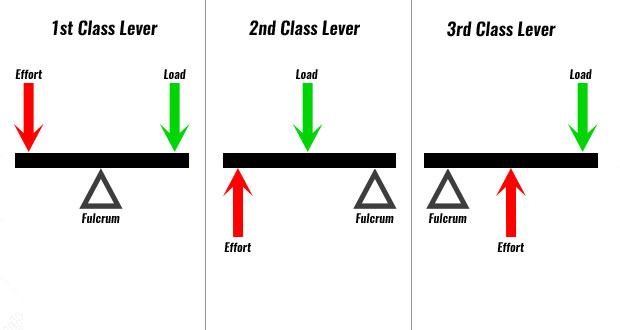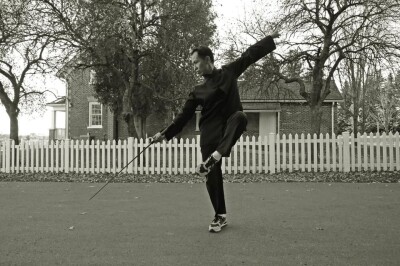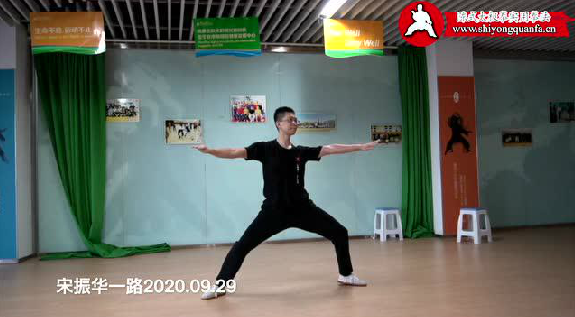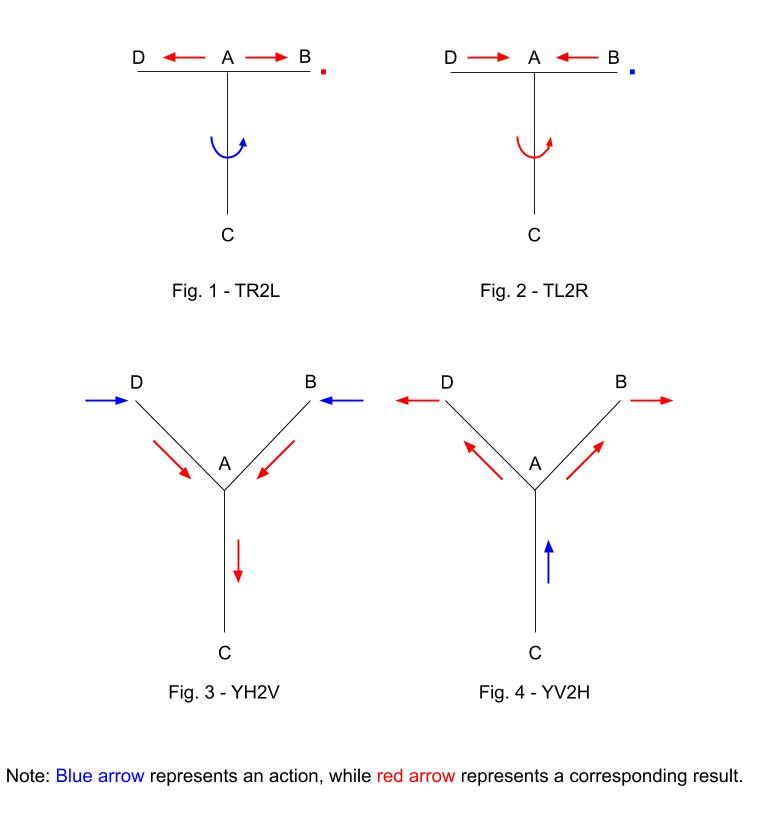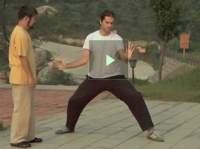
Master Chen Zhonghua only teaches a reference implementation, which represents an example of how the principle is applied. There are many parts that need to be examined, explored and learned. We must focus our effort on learning all the parts of the reference implementation, how they form part of a system, how each part functions, and the role each part plays, what the effect when all the parts work together, etc. We have to go over this reference implementation over and over again, because there is always something we miss previously.

